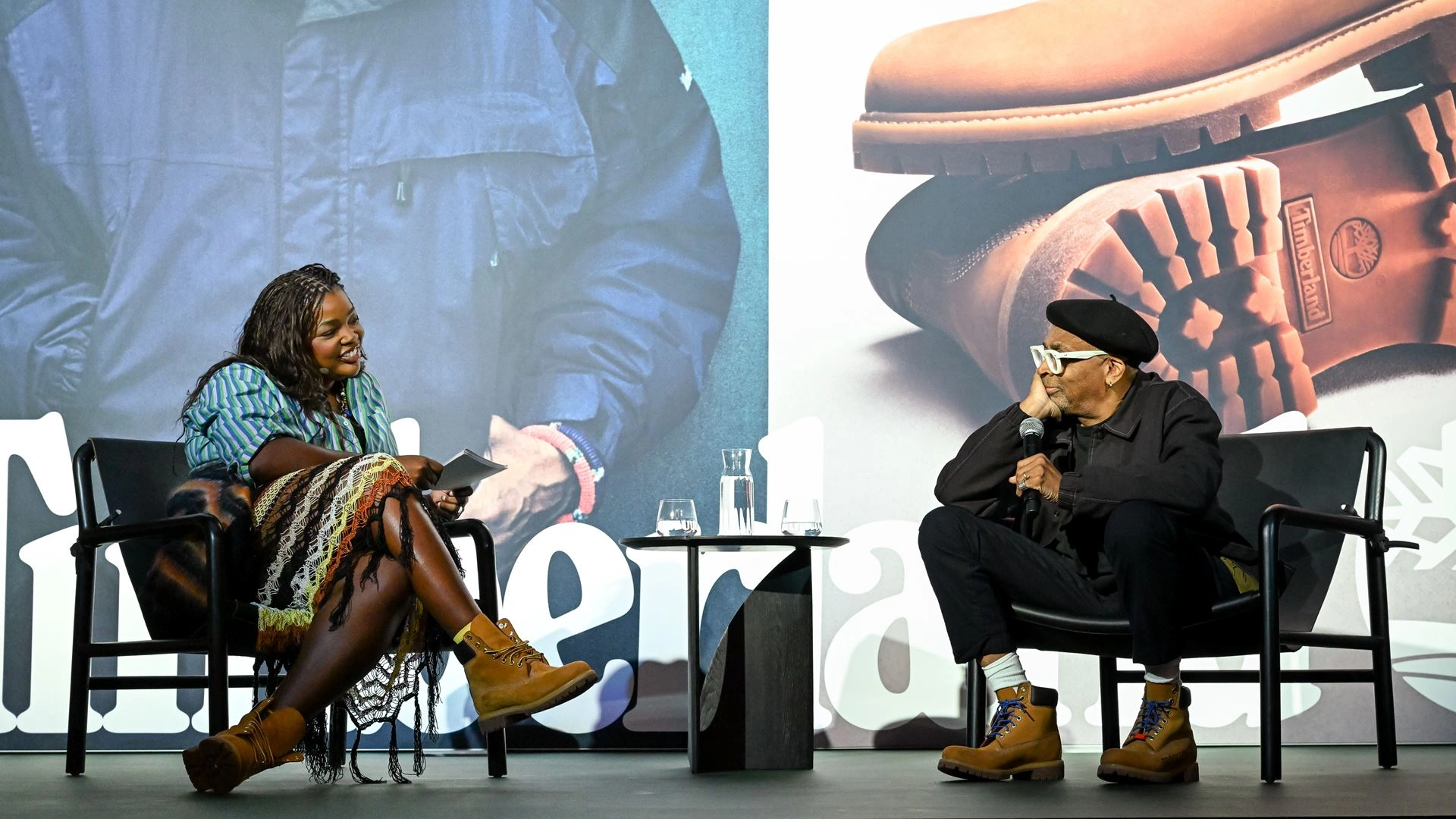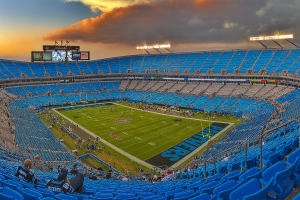On Saturday night, the shoreline of Copacabana Beach in Rio de Janeiro transformed into something between a pop spectacle and a spiritual summit. Under a spray of fireworks, waves of sound, and the glow of 2.5 million cell phones, Lady Gaga stepped onto the stage—and into history. The crowd wasn’t just massive; it was record-breaking. And it wasn’t just a concert; it was a cultural flashpoint, a civic experiment, and, according to Brazilian authorities, the target of an extremist bomb plot.
It was also free.
What started as a government-backed initiative to revitalize Rio’s post-pandemic economy ended up becoming the most-attended concert by a female artist in history, shattering the record Madonna set in the same city just one year earlier. But unlike Madonna’s 2024 performance, which drew 1.6 million fans, Gaga’s draw was different: younger, louder, more chaotic. It was fan culture at its most extreme. A sea of dyed hair, painted faces, boots in the sand, and tears in the crowd. And it was all powered by one of the most resilient forces in modern entertainment: the unwavering devotion of Lady Gaga’s Little Monsters.
Pop as Infrastructure
For all the headlines about attendance numbers, the economic angle might be the more remarkable part of this story. The concert—free to the public—was underwritten by the city of Rio, which saw it as a strategic investment. City officials estimated the event would generate up to $100 million in local revenue through tourism, lodging, transport, food, and services. In a country where economic anxiety remains high, that kind of cultural ROI is impossible to ignore.
It was a bet—and a smart one. Gaga’s brand of pop isn’t just popular. It’s planetary. From “Bad Romance” to “Stupid Love,” her music isn’t just heard; it’s felt. It travels across demographics, borders, and platforms. And in Latin America, where fan devotion can feel like religion, the impression was volcanic.
Rio wasn’t just hosting a concert. It was hosting an economic engine powered by fandom.
The Performance: A Pop Operatic
Gaga didn’t waste the moment.
Opening with a stripped-down version of “Born This Way” on piano—her voice raw, cracked slightly with emotion—she set the tone: this wasn’t about promotion, a new single, or album cycle. It was about connection. She played the hits, yes, but also deep cuts and fan favorites. “911,” “Monster,” and a Portuguese-accented version of “Shallow” brought down the house.
The stage—minimal by Gaga standards—still managed to stretch nearly the length of a football field, equipped with flame cannons, multiple cameras, and a LED arch that pulsed in sync with her synths. But it was the crowd that made it monumental. They sang every lyric back at full volume, even over the waves.
“It was like performing into the ocean,” Gaga reportedly told her team backstage. “And the ocean screamed back.”
Security Threats and Pop Targets
Not everything about the night was euphoric.
The day after the concert, Brazil’s Ministry of Justice and Public Security released a chilling statement: they had intercepted and neutralized a planned terrorist attack tied to what they called “a larger extremist network.” The plan, according to sources, was to infiltrate the concert and detonate improvised explosive devices for maximum flow and digital attention. Several arrests were made across different Brazilian states in the days leading up to the concert, and authorities confirmed that no devices made it near the venue.
Lady Gaga, in a brief statement posted to Instagram, said she learned of the plot through the media, like everyone else. “I’m grateful to the Brazilian authorities and to every fan who came in love and left safely,” she wrote.
The revelation reframes the night. Not as an unshakable moment of joy, but as one narrowly preserved. It’s a reminder that even in pop, where fantasy rules and escape is sacred, reality always finds its way in. The very presence of 2.5 million bodies in one space creates a tension that’s hard to ignore. And for artists like Gaga—queer icons, gender fluidity advocates, and global provocateurs—the stakes have always been higher.
Madonna, and the Cultural Baton Pass
A year ago, when Madonna’s Celebration Tour closed on Copacabana Beach, it was billed as a cultural capstone: the queen of pop finishing a decades-long run on a stage as massive as her legacy. 1.6 million fans turned out. At the time, it was seen as unbeatable.
Until now.
Gaga’s record doesn’t just overshadow Madonna’s in scale. It signals a generational shift. Where Madonna represented the vanguard of sexual liberation, religious provocation, and feminist pop rebellion in the ’80s and ’90s, Gaga has always been the torchbearer for the hyper-digital, emotionally exposed, performatively political pop of the 21st century.
Her Little Monsters don’t just idolize her. They rally under her. They use her lyrics as identity codes. And in a time when pop stardom often feels algorithmically engineered, Gaga’s organic—and still volatile—connection with her fanbase feels rare.
Brazil’s Ongoing Love Affair with Gaga
Brazil has always been fertile ground for global pop. But Gaga’s relationship with the country borders on mythical. Her 2012 Born This Way Ball in São Paulo is still considered one of the most legendary performances in Latin pop concert history, and fans have campaigned for years for her return.
This wasn’t just a show. It was an emotional homecoming.
Local fan accounts had spent weeks organizing travel groups, fan chants, and banner drops. One group printed over 5,000 lyric cards and distributed them across the beach. Others choreographed flash mobs to “Rain On Me” for social media. The collective energy of the fans was, in many ways, the co-performer.
For many, Gaga didn’t come to Rio. She came back.
Free Shows, Real Impact
There’s always skepticism when governments spend money on celebrity appearances. Critics called the deal “star-chasing” and questioned how funds were allocated. But early data suggests the investment paid off. Hotels sold out. Local vendors tripled their earnings. Ride-share apps reported their highest traffic of the year. And millions of viewers around the world tuned in via live stream, casting Rio as the cultural capital of the moment.
What this shows—again—is that pop music isn’t just entertainment. It’s infrastructure. It moves people. It moves economies. And in post-pandemic cities trying to rebuild cultural relevance, that matters.
Gaga’s Legacy: The Record Is Bigger Than Numbers
Breaking Madonna’s record matters. Not just for the stats, but for what it represents. For Gaga, who started as a theater kid in New York playing dive bars and chasing viral moments before that was a thing, the image of her standing before 2.5 million people—many of whom grew up with her voice in their ears—is poetic.
It validates not just her artistry, but her trajectory. From meat dress shock jock to Oscar-winning balladeer. From radio filler to stadium closer. From misunderstood to messianic.
And in this concert, she didn’t just stand above a crowd. She stood among them.
Impression
In the future, the Copacabana concert will be a Wikipedia entry, a bullet point, a record on some list. But to those who were there—to those who screamed, wept, danced, and found a piece of themselves in the chaos—it was more than that.
It was a collective manifestation of something pop rarely gets to be anymore: sacred.
Not curated. Not sponsored. Not even safe, as it turns out.
But human. And real. And undeniably massive.
No comments yet.








